Plumbing is no doubt one of the most important parts of any house. However, you should know that the pipes that make up your plumbing have a very limited lifespan. As the sewer system and the plumbing gets old, the pipes start to corrode and soon they become weak. As a result, the pipes may start to leak. This is where a full re-plumbing is needed.
The cost to replumb a house will vary a lot depending on many different factors. We will look at five of them here below:
Location of the Failing Pipes
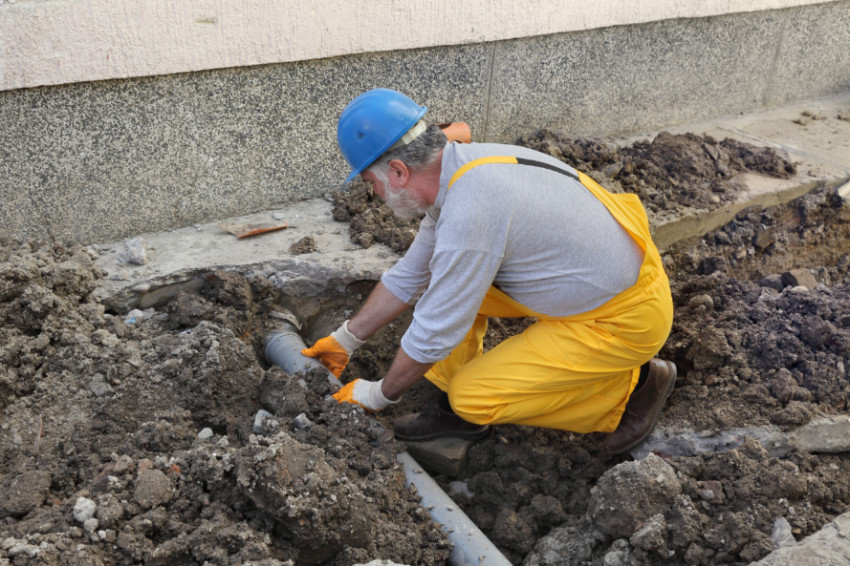
Even as the plumbing becomes corroded, it won’t happen all at the same time. In essence, there will be a few pipes that need more urgent attention than others. The location of the pipes will play a huge role in determining the final cost.
For example, if the corroded weak pipes are located inside the closet and the crawlspace, then the cost to replumb a small house will be relatively higher. This is simply because these pipes are hard to reach and the technician will need extra time and tools to do the job.
Size of the Home and Number of Stories
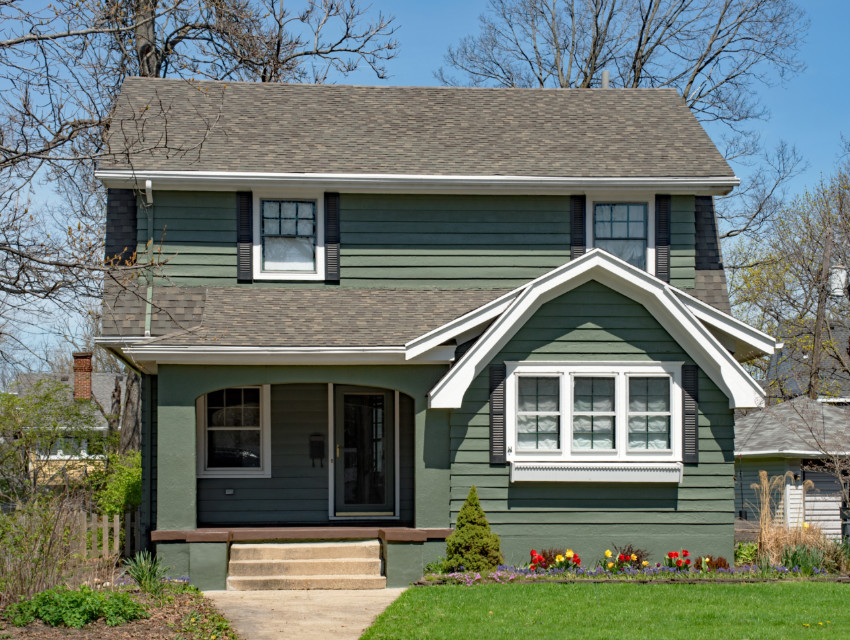
Always keep in mind that the cost of replumbing is determined by the workload.
If a plumbing expert has to spend a day or two to fix your plumbing issues, it means that there’s more work and as such, the cost will be higher. This will especially be true if you have a large house. The bigger the house, the more pipes you need for the plumbing.
This, therefore, means that the plumbing technician has to go through each floor covering a large distance addressing the issue. And this only includes indoor plumbing. Eventually, the overall cost will go up.
Diameter of the Supply and Drainage Pipes
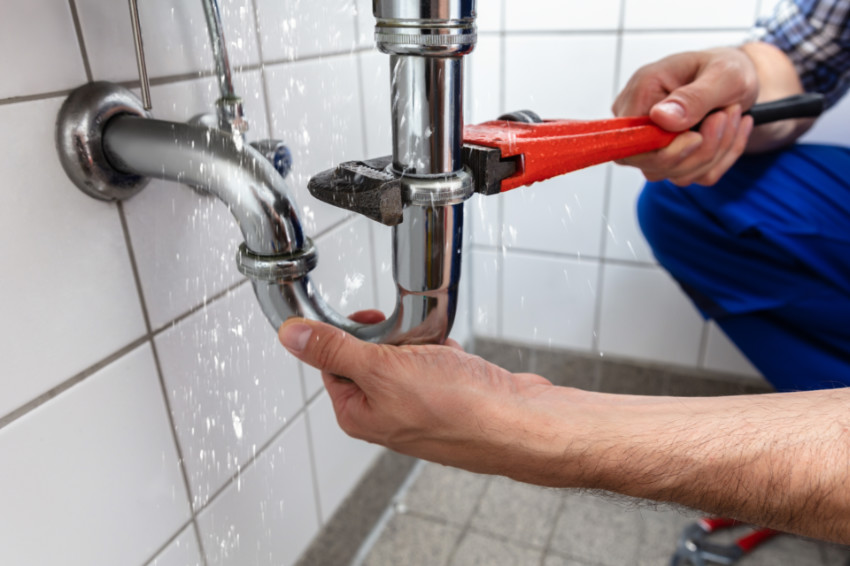
The size of the pipes also matters when you’re re-plumbing your home.
Typically, if the pipes are a bit thicker and bigger in terms of diameter, then they will cost more to fix compared to slender pipes. The reason for this is simple. Large pipes require more materials to make in normal manufacturing processes. As a result, you will pay more for them when you buy them at the hardware store.
Additionally, thick and bigger pipes are heavier. They will, therefore, need more manpower to install, something that makes indoor plumbing services more expensive.
Pipe Material
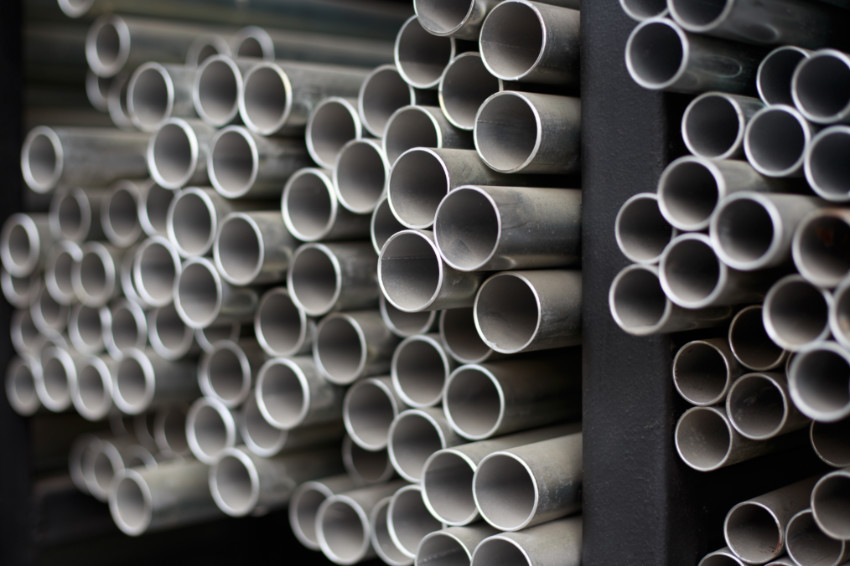
There are many different types of materials used to make plumbing pipes. However, the most commonly used materials include Cross-Linked Polyethylene (PEX), Copper, Chlorinated Polyvinyl Chloride, and others.
As you can imagine, these materials don’t cost the same. For example, in cases where your home needs PEX pipes to re-plumb, then you will pay relatively less.
Copper piping, on the other hand, is relatively more expensive. This is not only due to the material that costs more, but also because it is not nearly as flexible as PEX which can easily be bent around corners and easily penetrated through walls. Copper will require more work and extra tools to install and these will add up to the final cost.
Contractors
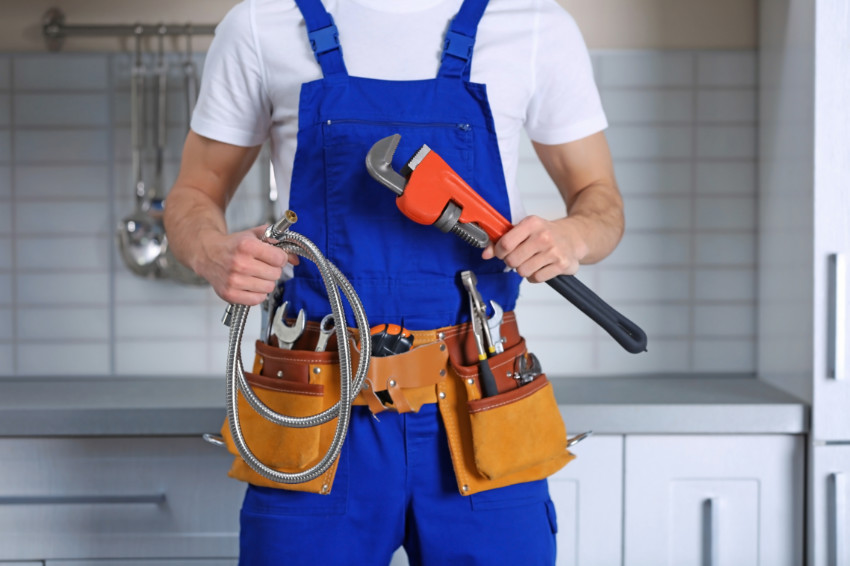
As you can imagine, the cost of re-plumbing varies a lot from state to state. You’ll also notice that different local plumbers charge different rates for the work that they do. In most cases, experienced plumbers with a track record of expertise tend to charge a bit more.
At the end of the day, it all depends on your budget. While it’s accepted that quality costs more money, you can still get amazing deals from your local plumbers that save you money on your project.
Simply take your time and ask for quotes from local plumbers before choosing the one that offers the best value for money.
 Let a plumber give you an estimate on your project
Let a plumber give you an estimate on your project


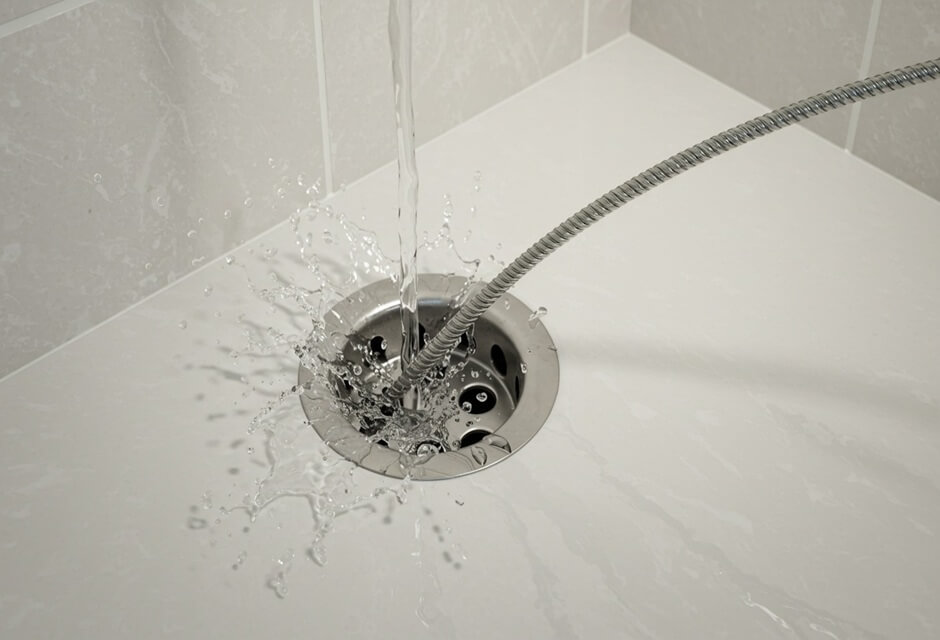
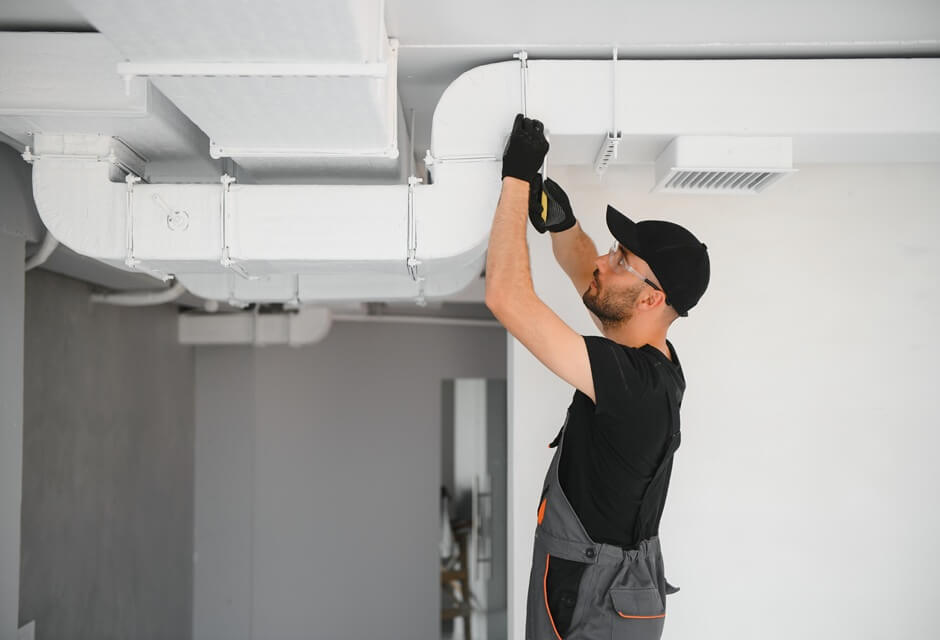

 Member of the
Member of the